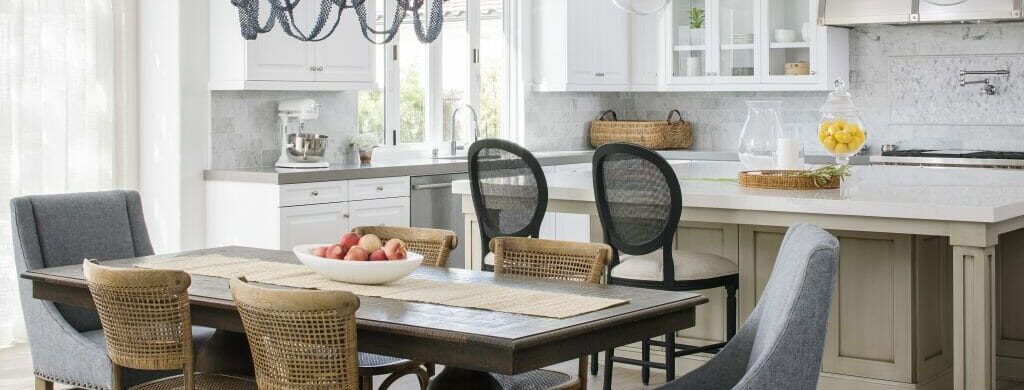Beyond standard green living programmes, architects are incorporating nature into their designs in a number of ways. Humans have long been drawn to natural and organic elements that make them feel at ease, serene, and, most importantly, welcomed.
Our inherent love for the outdoors and living or previously existent natural materials and décor is one of the reasons we value green design so highly. By incorporating natural components into their work, a designer can bring the outside within. It revitalizes the user, increases productivity, and enhances their general health.
Let’s look at the 5 creative ways one can incorporate in their interior styles:
Architecture in the vernacular
Vernacular architecture is a type of structure that is done locally or regionally. It incorporates traditional materials and resources from the surrounding area.
Humans are brought closer to the environment by using common natural construction materials and methods such as cob, adobe, straw bale, rammed earth, wattle and daub, wood, bamboo, and brick.
It is accomplished not only via the use of natural materials, but also through the integration of their enclosed living spaces with the surrounding nature.
Flora
Bringing people closer to nature by including more vegetation in built places has been shown to alleviate stress and anxiety. It can be done in a number of different ways and on various scales. The possibilities are endless, from houseplants and herb gardens to living walls and green roofs.
Interior plants have a number of benefits, including lowering carbon dioxide levels, boosting humidity, and lowering pollutants like benzene and nitrogen dioxide levels. They also aid in the reduction of airborne dust and the maintenance of low air temperatures.
Bio-Materials
Your design and its elements respect the natural imperfections by combining materials inspired by nature or that are natural, such as mycelium, algae, hemp, wood, bio-laminates, stone, and so on.
It adds to each piece’s originality, attractiveness, and personality by giving it the appearance and warmth of nature and natural landscapes. Biomaterials have a low environmental impact due to their renewability and cyclical use, making them a suitable building material.
Daylight
You may make a place feel much larger and more pleasant by accentuating natural light by installing larger fenestrations, adding skylights, inserting glass blocks, and so on.
It also increases the general mood, satisfaction, and overall well-being of building residents. Natural light, as opposed to artificial lighting, tends to make areas feel more broad and roomy.
The mental health advantages and energy savings afforded by daylight are two of the key reasons for incorporating it into an architectural space’s lighting requirements.
Upholstery
The created area reflects nature’s soothing features and creates a sense of calm by picking the perfect natural fabrics for your space and producing a sequence of organic patterns with calming colors and natural textiles.
Natural materials are also more breathable and temperature regulating than synthetic fabrics. Wool can even help to clean and filter the air inside your home. Cotton is a long-lasting, soft, easy-to-clean material that is very absorbent. Silk is silky, delicious, durable, and resilient, with a natural gloss.
We live in concrete jungles on today’s globe. We are unable to appreciate the beauty of nature since we are preoccupied with work. Greens can help you escape the monotony of work and take you to a happier and more serene place.


1 Comment
Hi, this is a comment.
To get started with moderating, editing, and deleting comments, please visit the Comments screen in the dashboard.
Commenter avatars come from Gravatar.